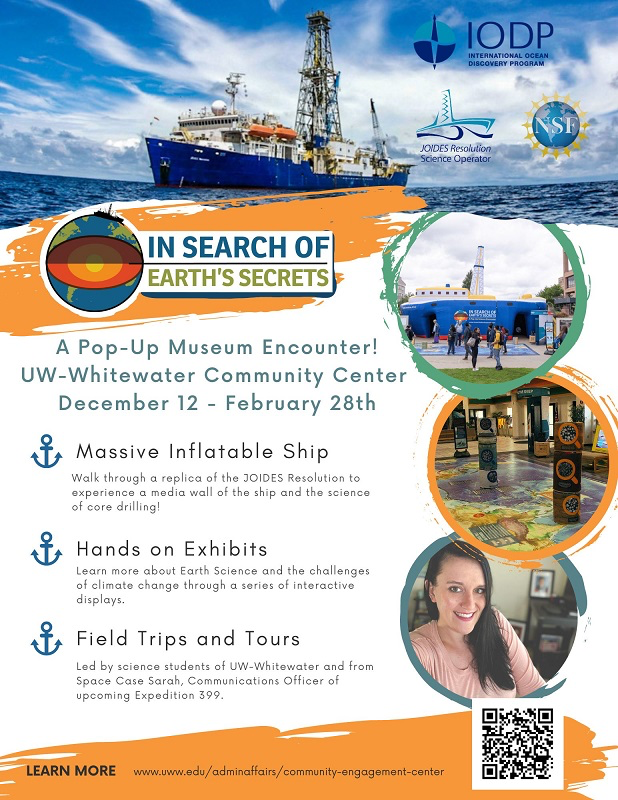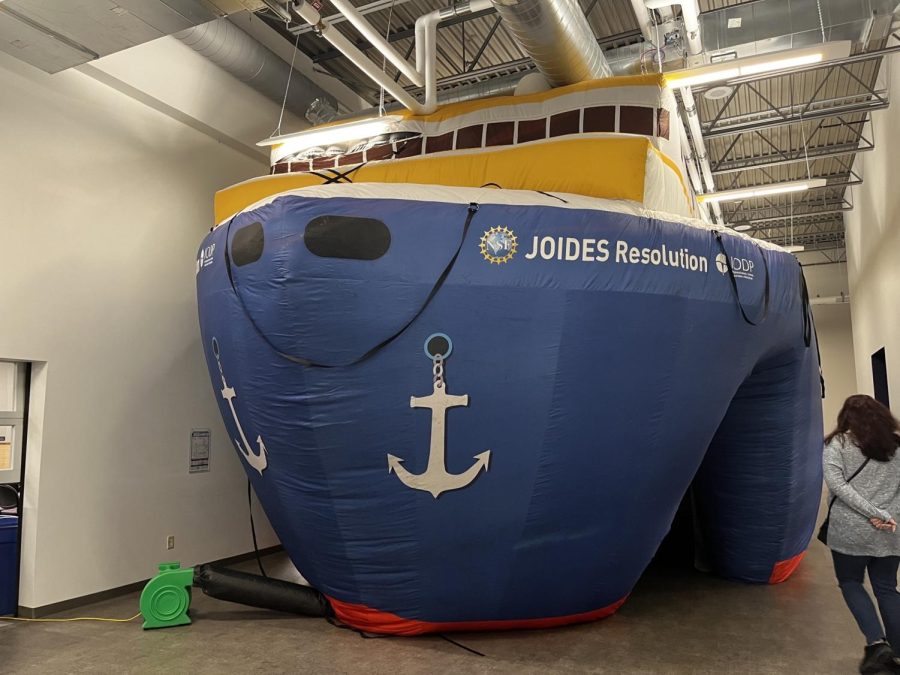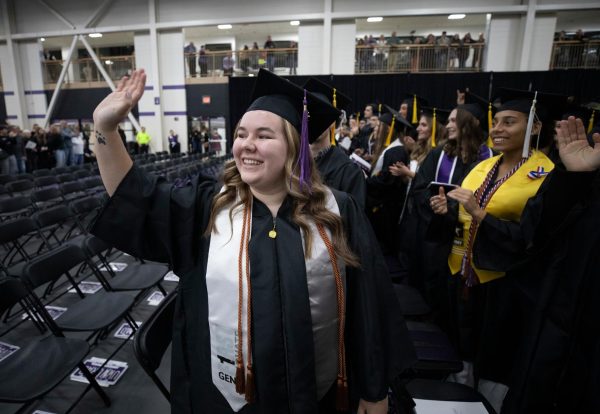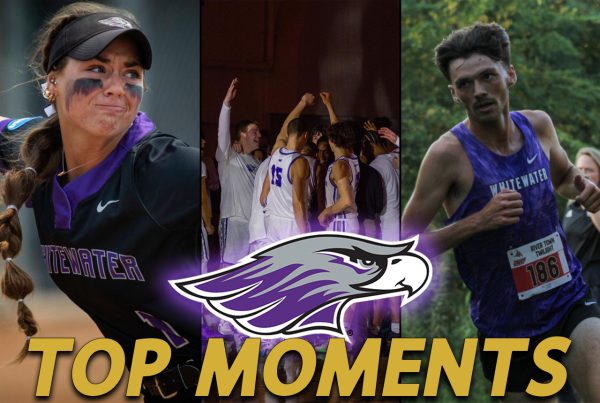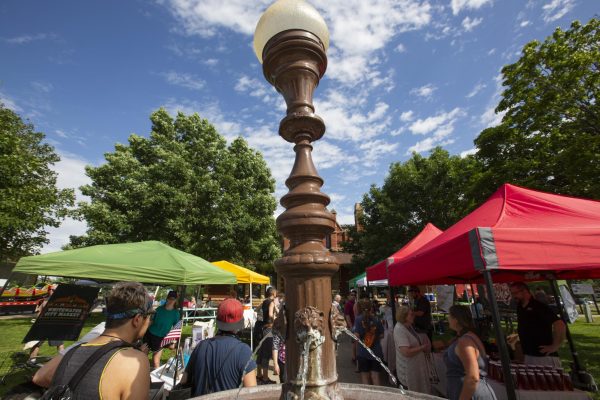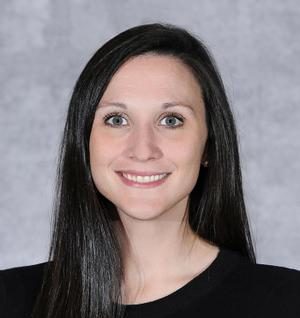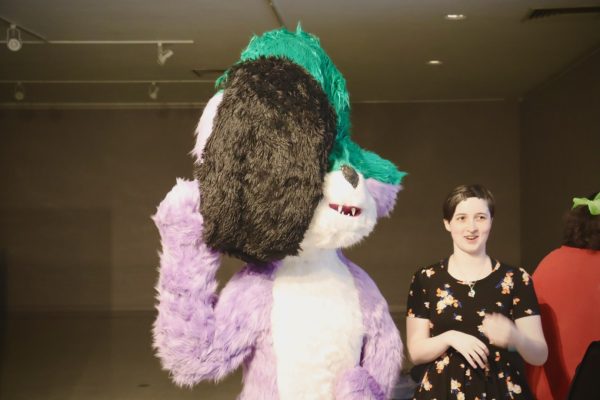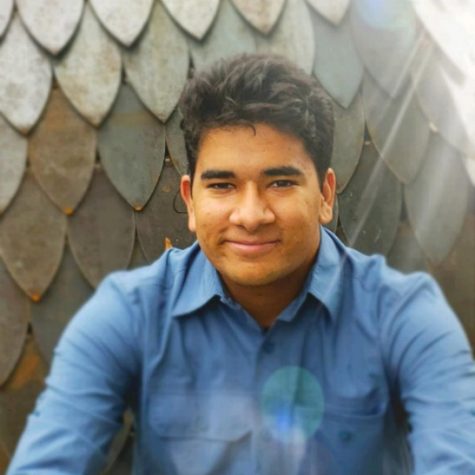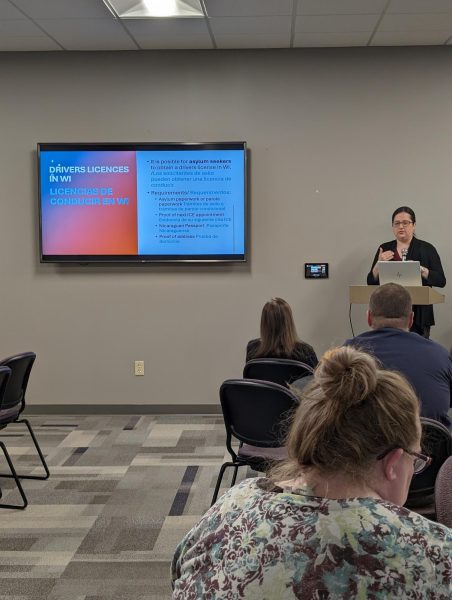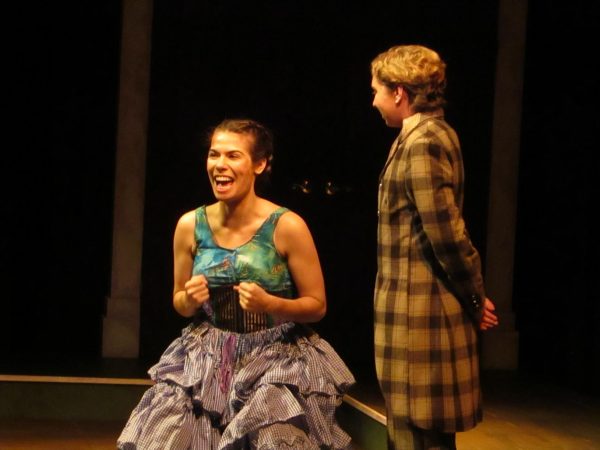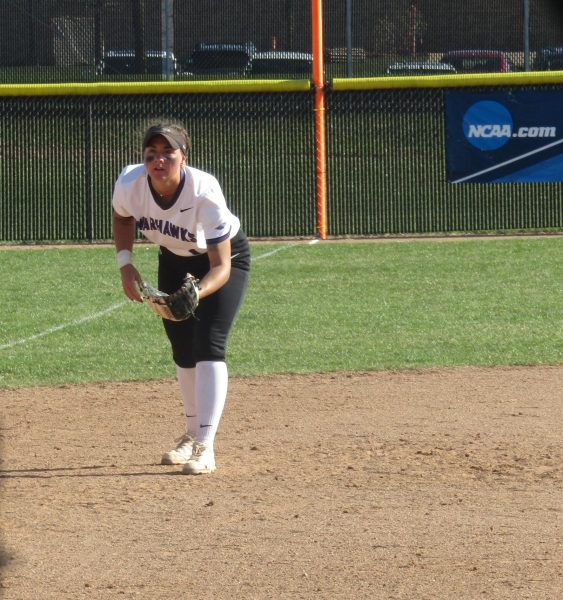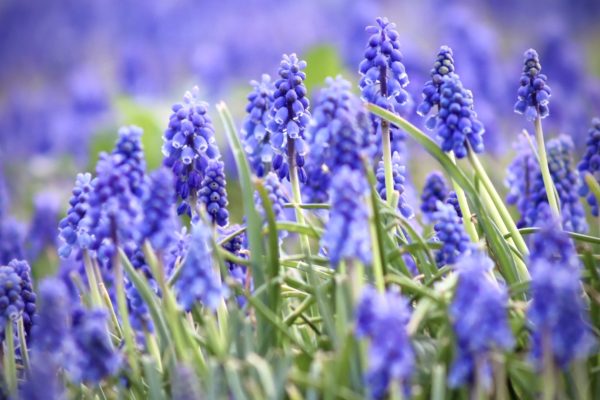In search of Earth’s secrets
Pop-up museum encounter
December 12, 2022
Ever wonder what lies deep at the very bottom of the ocean? How about deeper into the soil and sediment that hasn’t been touched in thousands – even millions of years?
That is a question asked for years by the International Ocean Discovery Program (IODP), which is now being investigated due to climate change and other natural phenomena occurring in the 21st Century. The IODP team hopes that taking samples of sediment from the deepest, darkest reaches of the ocean floor will illuminate our earth’s history and thus inform the trajectory of our future.
The journey begins upon the JOIDES resolution ship, which goes out on exhibitions every two months. But you don’t have to be a professional explorer to learn about the voyage. An exhibit explaining the science and discoveries is on display right here in Whitewater at the UW-W Community Engagement Center from Dec. 12 – Feb. 28. The exhibit is open to the public, and also hosts tours for groups like school science classes.
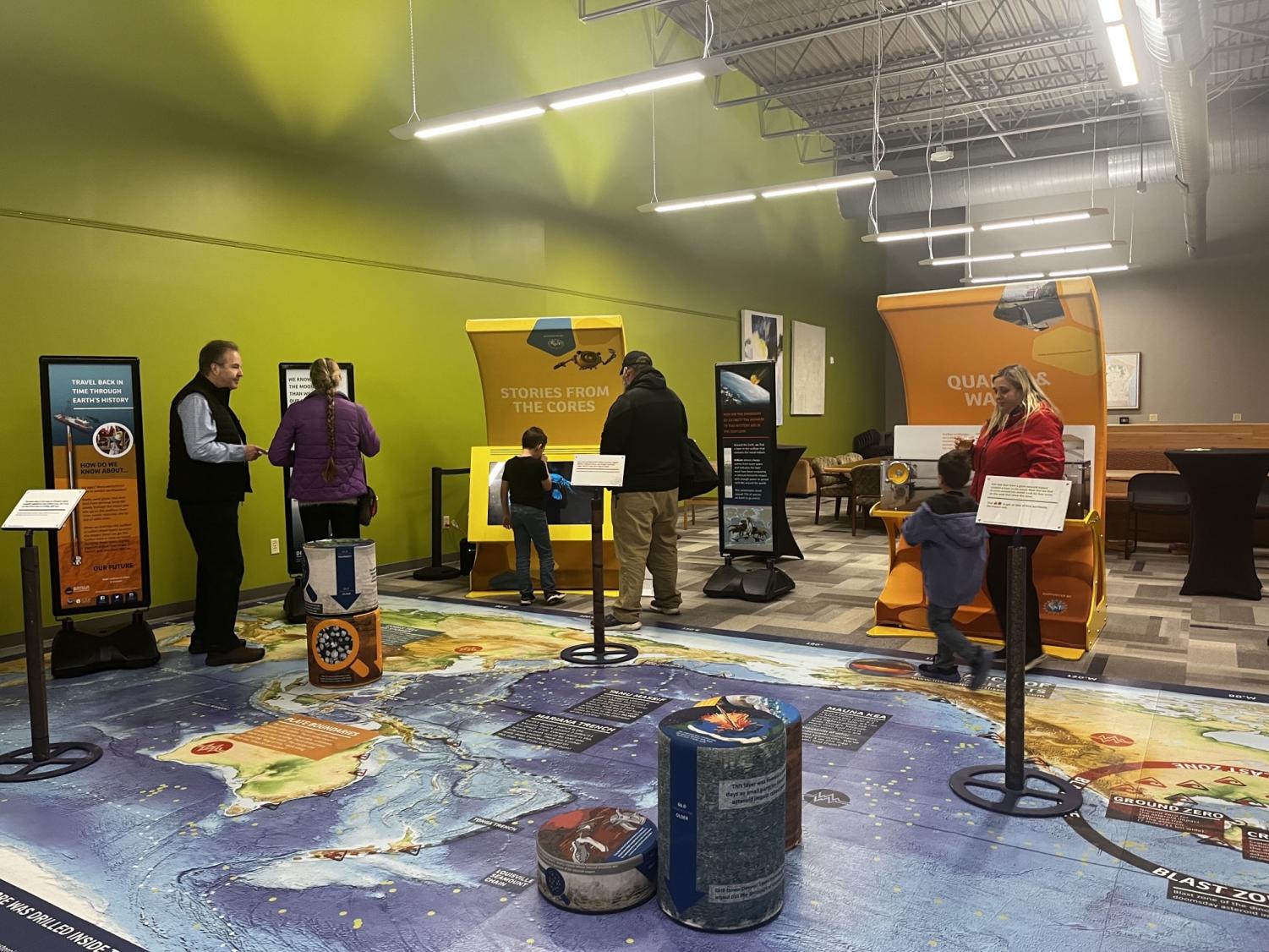 The trip is tied to Whitewater because UW-W Communication master’s student Sarah Treadwell will embark upon this ‘origin of life’ journey in April. Sarah and other scientific researchers are looking for the start of life within the depths of the ocean. They’ll be searching for fossils and organisms from long before we were born. The ship has a crew from all around the world, with Treadwell acting as the science communications officer. She will be writing reports on the ship’s discoveries, act as the connection between the ship’s team and the mainland scientists who will use this data and even stream into classrooms across the U.S. to help educate students.
The trip is tied to Whitewater because UW-W Communication master’s student Sarah Treadwell will embark upon this ‘origin of life’ journey in April. Sarah and other scientific researchers are looking for the start of life within the depths of the ocean. They’ll be searching for fossils and organisms from long before we were born. The ship has a crew from all around the world, with Treadwell acting as the science communications officer. She will be writing reports on the ship’s discoveries, act as the connection between the ship’s team and the mainland scientists who will use this data and even stream into classrooms across the U.S. to help educate students.
What kind of data will the excursion be collecting? Dirt. But not just any dirt. Huge diamond studded drills will bore into the ocean floor pulling out core samples, and then carbon dating to see what time period they are from. The data will help us to understand the formation of life, and how it can occur in the depths of the ocean.
Half of the data found in this journey will be preserved, and the other half will be sent to places like Texas A & M University for research. The program connects the science community for professional researchers, collegiate scientists and even curious K-12 students.
“I think that it’s a really cool science mission that not a lot of people know about,” said Treadwell, a science journalist with her own podcast as Space Case Sarah. “It will be such a great experience for myself, but will also make such important contributions to the field.”
Treadwell will be giving tours of the interactive exhibit for area K-12 students this winter before her departure. The display contains a huge inflated boat that’s a replica of the real ship she’ll be aboard. It contains diagrams of what the ocean floor looks like now and a timeline of how it’s evolved over time with exciting videos explaining the goals of the expedition. There are other rooms streaming videos from prior voyages to give visitors a feel for what the journey will really be like. There’s even an interactive games area with an ocean wave simulator, a chance to “drill” for your own core sample and neat displays with real data.
Videos provide a behind-the-scenes look at the inner workings of the ship and explains what the data that is gathered will be used for. Treadwell’s main goal is to make this an outreach project so that everyone can have the same opportunity to learn about the newest research. This exhibit not only consists of fun activities, but there are real life examples of how this information will be used.
“This touches pretty much every branch of the sciences,” said Dr. Corey Davis, professor of communication at UW-Whitewater. “We have educational and fun interactive activities for kids of all ages.”
Davis believes that the exhibit is a good way to show not only students, but the entire Whitewater community what is going to happen on this exciting journey.
The main area of science being studied on the trip is astro-biology with the goal of finding out what has happened on the ocean floor in the past, which can educate us about the potential future. The findings will then be correlated to outer space.
There are many layers of sediment in the ocean floor, and as time has gone on the carbon begins to be trapped. So when researchers later dig up the ocean floor they can carbon date the samples to see what has happened. This relates to space because the ocean floor cells use chemosynthesis, which is using chemicals to create their food, and not the sun. So if the bottom of the ocean has some of these cells, then maybe the same happening to them is also happening in space. That’s a simplified version, but the exhibit provides more details and information for the Whitewater community to enjoy.
Sarah Treadwell will be hosting tours for students and community members beginning December 12 and ending February 28 at the UW-Whitewater Community Engagement Center located at 1260 West Main Street. To find out more about these opportunities and more visit https://www.uww.edu/adminaffairs/community-engagement-center.
